In the vast tapestry of avian evolution, few birds showcase such extraordinary flight capabilities as the hummingbird. While most birds are confined to conventional forward flight patterns, the hummingbird defies these limitations with its unique ability to fly backward and even upside down. This remarkable adaptation represents one of nature’s most sophisticated flight designs, allowing these tiny creatures to access nectar sources and navigate environments in ways impossible for other birds. As we explore the extraordinary world of hummingbird flight, we’ll discover how these aerial acrobats have developed specialized physiological traits that enable their unparalleled maneuverability, making them true marvels of evolutionary engineering.
The Unique Flight Capabilities of Hummingbirds
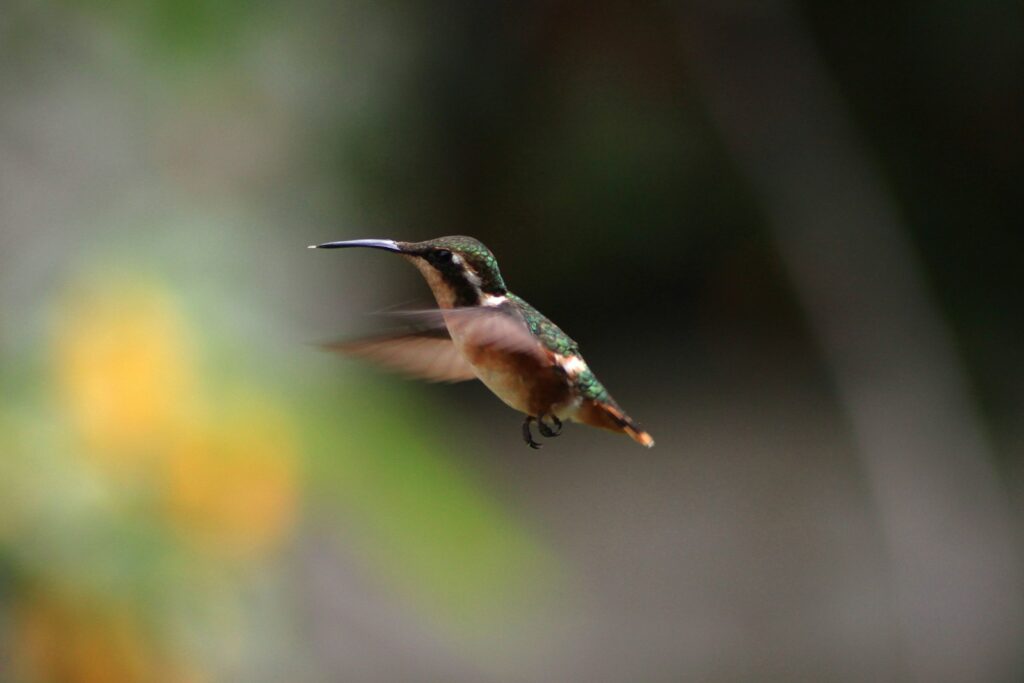
Hummingbirds possess flight abilities that are unmatched in the avian world, with the capacity to fly backward, upside down, sideways, and even hover in mid-air with perfect stability. Unlike other birds that primarily use downward wing strokes for lift, hummingbirds generate lift on both the downstroke and upstroke of their wings, creating a figure-eight pattern that allows for their incredible maneuverability. This distinctive wing motion enables them to remain suspended in front of flowers while feeding, fly in any direction instantaneously, and even perform aerial somersaults. Their backward flight capability isn’t merely a brief maneuver but a fully controlled directional movement that they can maintain while navigating complex environments, making them the only vertebrates that can sustain backward flight power.
Evolutionary Adaptations for Aerial Acrobatics
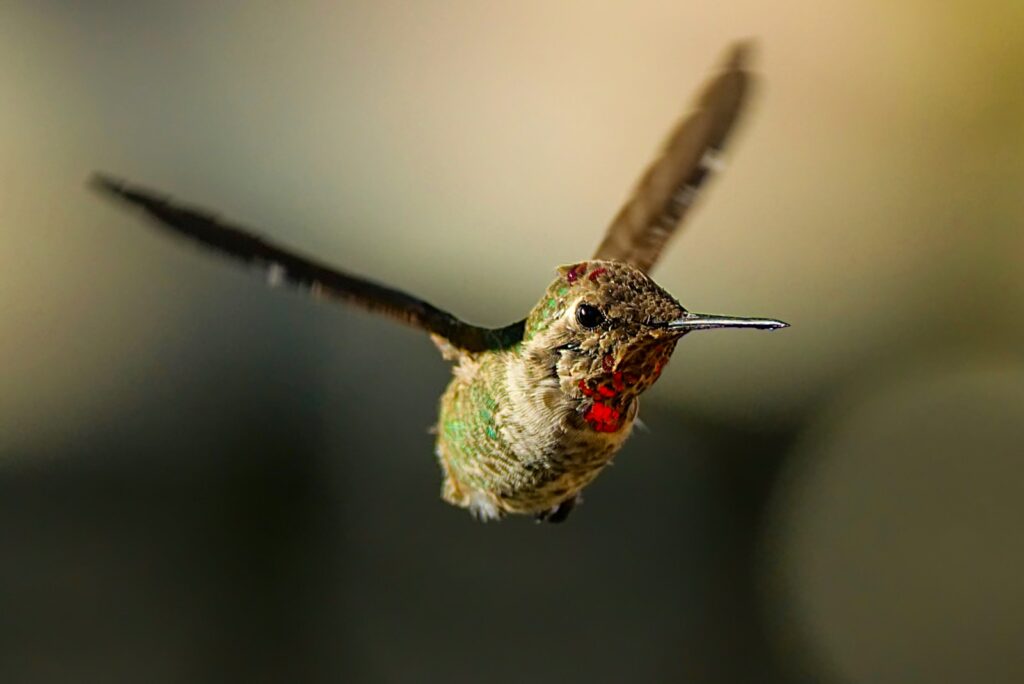
Hummingbirds’ extraordinary flight capabilities emerged through millions of years of evolutionary adaptations specifically tailored to their nectarivorous lifestyle. Their shoulder joints have evolved unique ball-and-socket structures that allow for 180-degree wing rotation, providing the flexibility needed for multi-directional flight. Unlike other birds with flight feathers that overlap and interlock, hummingbirds have independently operating feathers that enable finer control and reduce turbulence during complex maneuvers. Their specialized pectoral muscles, which make up approximately 30% of their body weight, are composed predominantly of fast-twitch fibers that facilitate rapid wing movement without fatigue. These evolutionary refinements collectively represent a perfect example of how natural selection can produce highly specialized adaptations that perfectly match ecological niches.
The Physics Behind Backward Flight

The physics of backward flight in hummingbirds involves a complete reversal of conventional avian aerodynamics. When flying backward, hummingbirds flip their wings upside down on the upstroke, essentially reversing the angle of attack that would normally drive them forward. High-speed camera footage has revealed that they achieve this by supinating their wings approximately 180 degrees, creating negative lift vectors that propel them in reverse. This remarkable feat requires precise neurological control and muscular coordination to maintain stability while moving against their visual field. The aerodynamic forces generated during backward flight create different pressure distributions across the wing surfaces, requiring constant adjustments in wing positioning that would overwhelm the neurological capabilities of most other birds. Scientists studying this phenomenon have documented that hummingbirds maintain nearly identical efficiency metrics during backward flight as they do in forward motion, highlighting the remarkable optimization of this unique capability.
Upside-Down Flight Mechanics
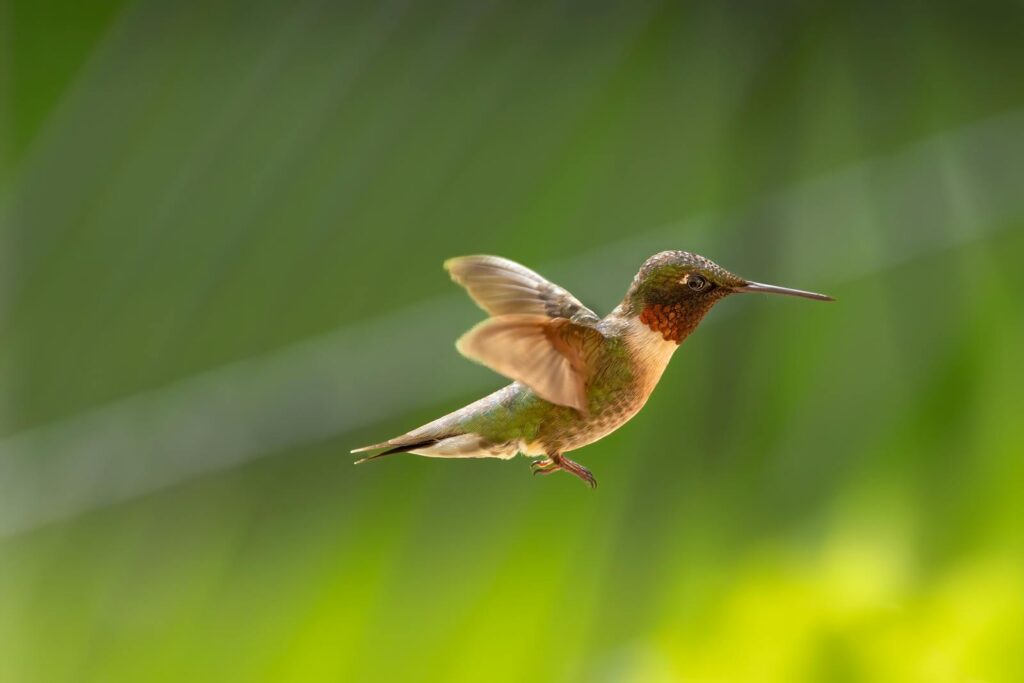
Flying upside down represents perhaps the most extraordinary aspect of hummingbird flight capabilities, requiring exceptional spatial awareness and bodily control. When performing inverted flight, hummingbirds rotate their bodies 180 degrees while maintaining head stability, allowing them to access nectar from flowers positioned in challenging orientations. This maneuver involves a complete reorientation of their wing movements, with changes to both the direction and angle of wing beats to generate lift while inverted. High-speed videography has revealed that during upside-down flight, hummingbirds actually reverse the typical pattern of their wing beats, demonstrating their remarkable neurological plasticity. The ability to quickly transition between normal flight and inverted positions without losing stability showcases the hummingbird’s extraordinary proprioception and motor control systems that constantly adjust wing positions based on sensory feedback.
The Remarkable Wing Structure of Hummingbirds
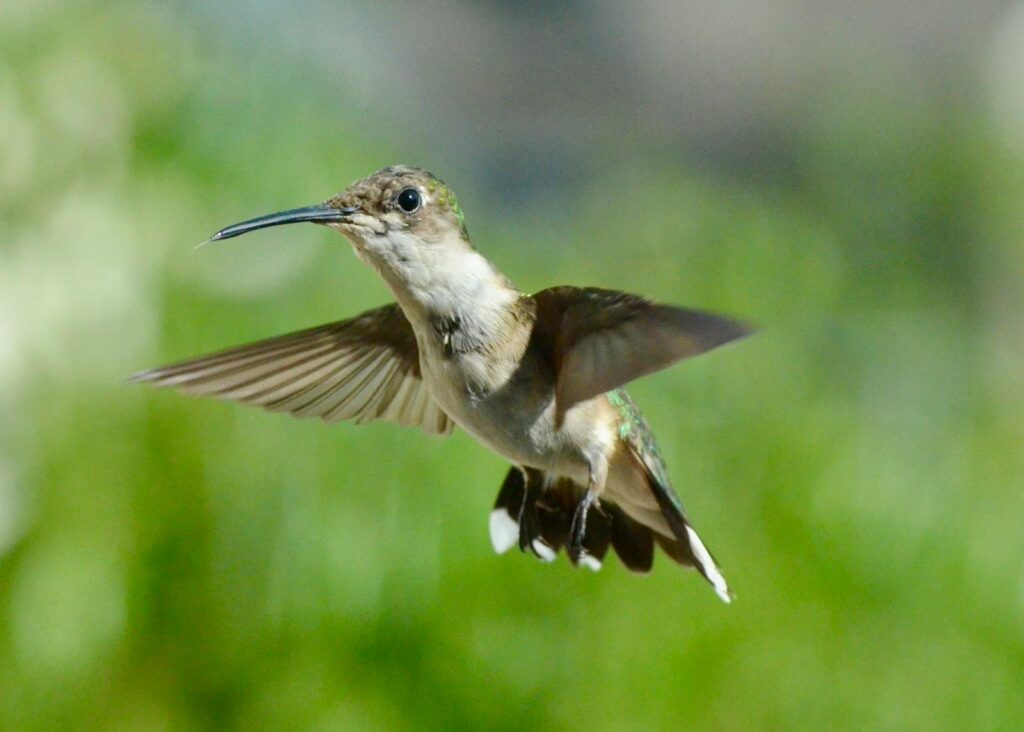
Hummingbird wings represent a masterpiece of natural engineering, specifically designed to enable their extraordinary flight patterns. Unlike the broad, slotted wings of soaring birds, hummingbirds possess short, relatively stiff wings that move in a distinctive figure-eight pattern, beating between 50-200 times per second depending on the species. The wing bones have undergone significant evolutionary modifications, with a shortened humerus and elongated hand bones that provide greater control during rapid movements. Their primary feathers have evolved specialized shapes that reduce turbulence while maximizing lift generation during both forward and backward motions. Microscopic examination reveals that hummingbird feathers contain unique structural elements that increase durability despite the extreme forces exerted during their rapid wing beats. This specialized wing architecture enables the precise manipulation of air currents necessary for their signature hover and backward flight capabilities.
Metabolic Demands of Complex Flight
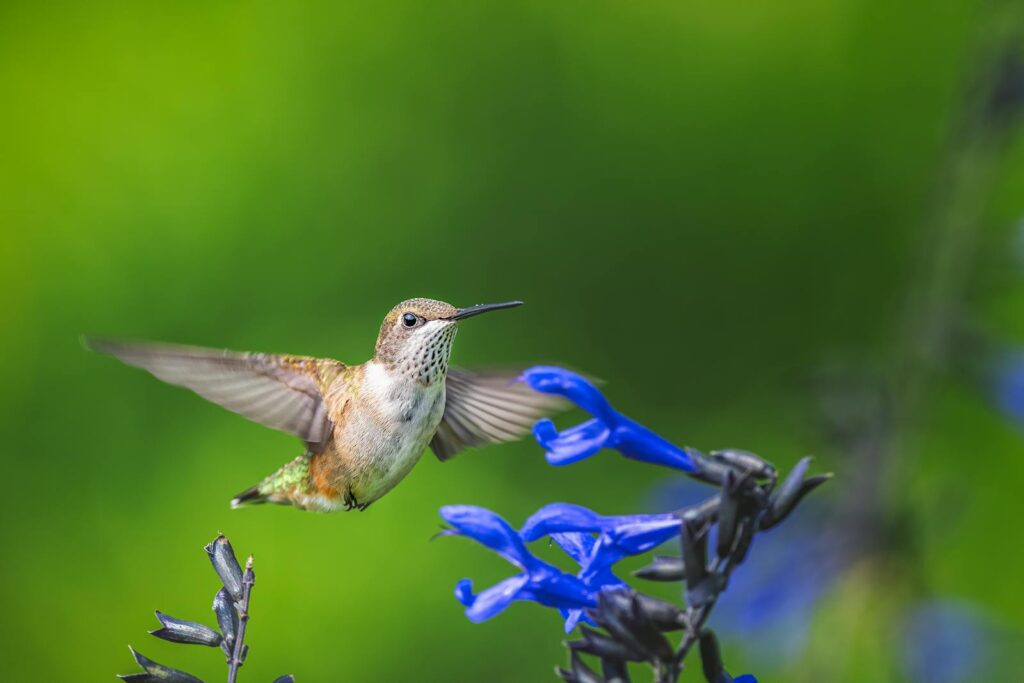
The extraordinary flight capabilities of hummingbirds come with tremendous metabolic costs, requiring physiological adaptations that push the boundaries of vertebrate energy management. Hummingbirds maintain the highest mass-specific metabolic rate of any vertebrate animal, with heart rates that can exceed 1,200 beats per minute during intense flight. Their unique respiratory system features nine air sacs that extend into hollow bones, maximizing oxygen uptake efficiency necessary to fuel their energy-intensive flight muscles. To sustain their remarkable backward and upside-down flight capabilities, hummingbirds must consume more than their body weight in nectar daily, converting these sugars into energy with nearly 100% efficiency. Their specialized metabolism allows them to rapidly transition between normal operations and an energy-conserving torpor state at night, demonstrating remarkable physiological flexibility that supports their extreme flight capabilities.
Neuromuscular Control Systems
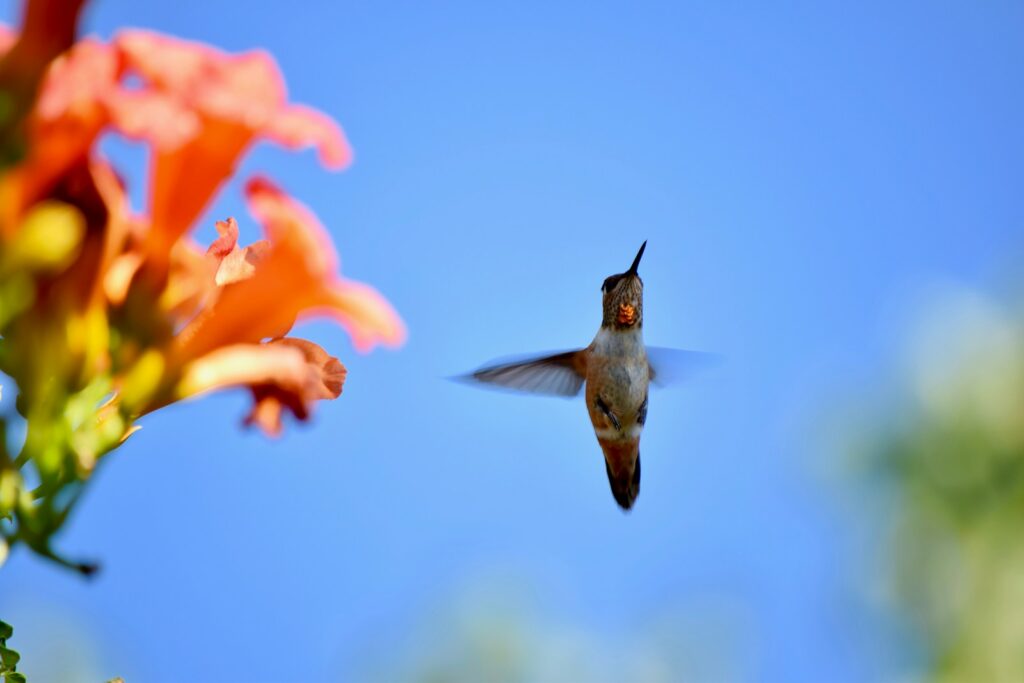
The extraordinary flight capabilities of hummingbirds are made possible by highly specialized neuromuscular control systems that outperform those of most other vertebrates. Their brains dedicate disproportionately large areas to visual processing and motor control, with specialized neural circuits that process visual information at rates necessary for high-speed precision flight. Research has revealed that hummingbirds possess unique sensory receptors in their wing joints that provide real-time feedback about wing position and air pressure, enabling instantaneous adjustments during complex maneuvers. Their cerebellum, the brain region responsible for coordinating movement, is proportionally larger than in other birds, reflecting the extraordinary computational demands of their flight capabilities. This sophisticated neural architecture allows hummingbirds to process spatial information and execute motor commands with millisecond precision, essential for maintaining stability during backward and inverted flight.
Ecological Advantages of Omnidirectional Flight
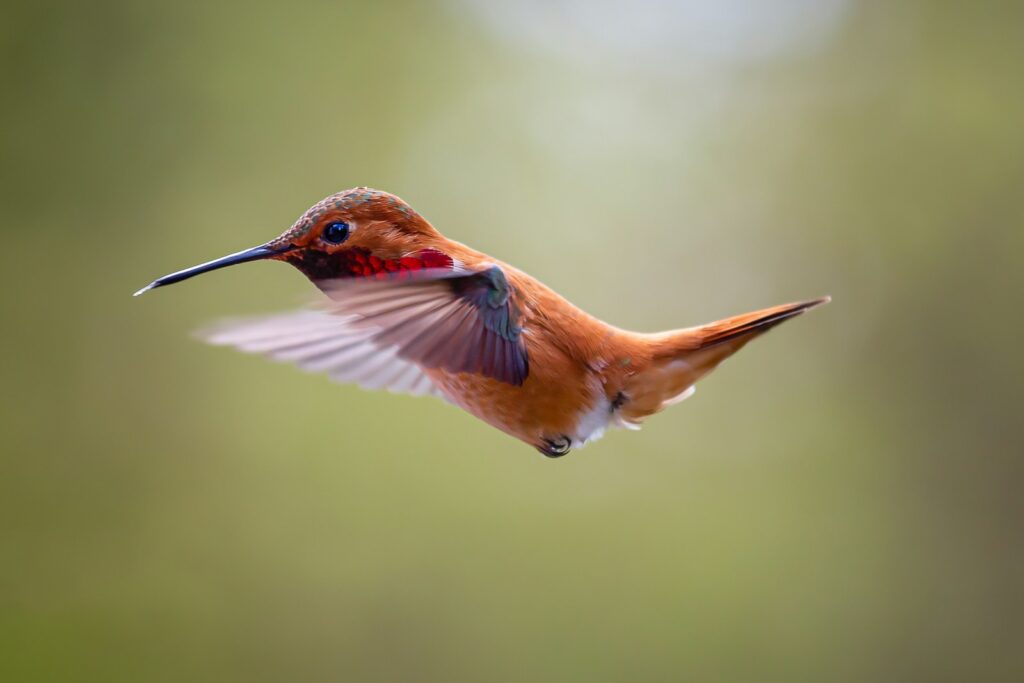
The hummingbird’s ability to fly in all directions, including backward and upside down, provides significant ecological advantages in their specialized niche as a nectar feeder. Their backward flight capability allows them to retreat from flowers without turning around, increasing feeding efficiency while maintaining vigilance for predators or competing hummingbirds. The ability to hover and maneuver in tight spaces enables them to access nectar sources unavailable to other birds, reducing competition and allowing exploitation of specialized floral resources. Their upside-down flying capability permits access to pendant flowers that have specifically co-evolved with hummingbirds, creating mutualistic relationships where flowers benefit from precise pollination while providing exclusive nectar rewards. Research has demonstrated that hummingbirds with superior maneuverability establish dominance in feeding territories, directly linking their flight capabilities to reproductive success and resource acquisition.
Hummingbird Species Diversity and Flight Variations

The hummingbird family (Trochilidae) comprises over 360 species distributed primarily throughout the Americas, with each species exhibiting variations in flight capabilities related to their specific ecological niches. The Sword-billed Hummingbird possesses the longest bill relative to body size of any bird, requiring exceptional hovering stability to feed from deep tubular flowers without touching the petals. The Ruby-throated Hummingbird demonstrates remarkable long-distance migration capabilities, flying non-stop across the Gulf of Mexico despite their tiny size and high metabolic demands. Research has revealed that different hummingbird species show varying proficiencies in backward and upside-down flight, with specialized forest-dwelling species often demonstrating greater maneuverability than open-habitat specialists. These variations in flight capabilities across species provide valuable insights into the evolutionary pressures that have shaped their remarkable aeronautical adaptations.
Scientific Research Methods and Discoveries
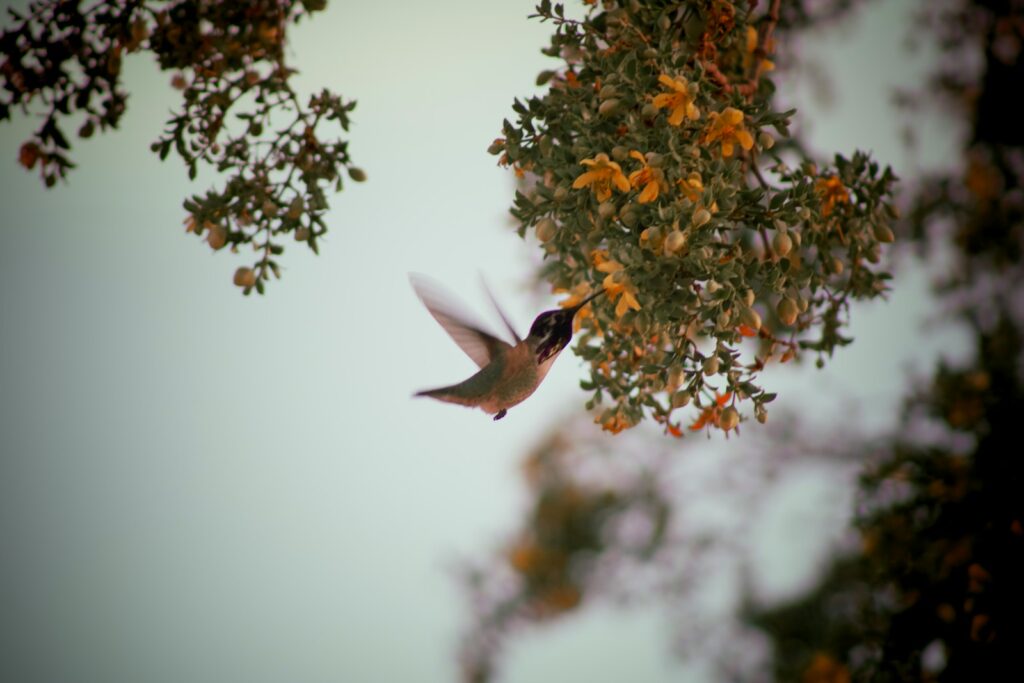
The study of hummingbird flight represents a fascinating intersection of biology, physics, and engineering that has required innovative research technologies. High-speed cameras capturing over 1,000 frames per second have been essential for visualizing the rapid wing movements that enable backward and upside-down flight, revealing motion patterns invisible to the naked eye. Wind tunnel experiments with trained hummingbirds have allowed researchers to measure the precise aerodynamic forces generated during different flight maneuvers, quantifying their remarkable efficiency. Advanced computational fluid dynamics models have helped scientists understand the complex air vortices created during various flight modes, providing insights into how these tiny birds generate sufficient lift despite aerodynamic challenges. Recent research utilizing miniaturized tracking devices has begun revealing how hummingbirds employ their extraordinary flight capabilities in natural conditions, bridging laboratory findings with real-world behaviors.
Conservation Challenges for Hummingbirds
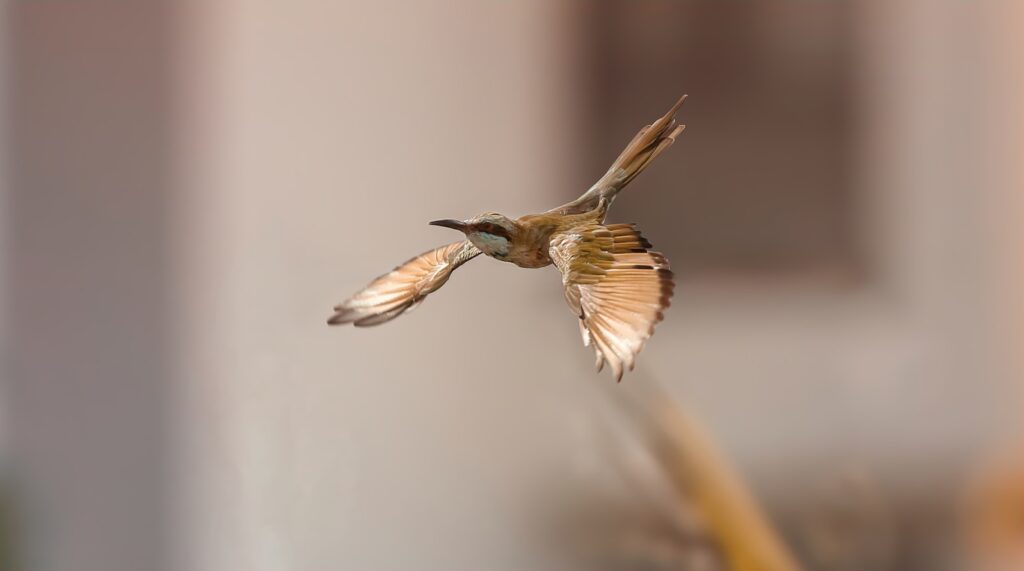
Despite their remarkable flight capabilities, hummingbirds face increasing conservation challenges that threaten their specialized ecological adaptations. Habitat destruction throughout their range has eliminated crucial feeding territories and nesting sites, with tropical deforestation particularly impacting species diversity hotspots. Climate change poses significant risks by disrupting the synchronized timing between hummingbird migrations and flower blooming schedules, potentially creating mismatches between energy needs and resource availability. Many hummingbird species have co-evolved with specific plant species, creating specialized relationships that make them particularly vulnerable to ecosystem disruptions. Conservation efforts have focused on habitat preservation, creation of hummingbird gardens with native flowering plants, and citizen science monitoring programs that track population trends across their range. Protecting these aerial acrobats requires preserving not just the birds themselves but the entire ecological web that supports their extraordinary flight capabilities.
Inspirations for Biomimetic Engineering
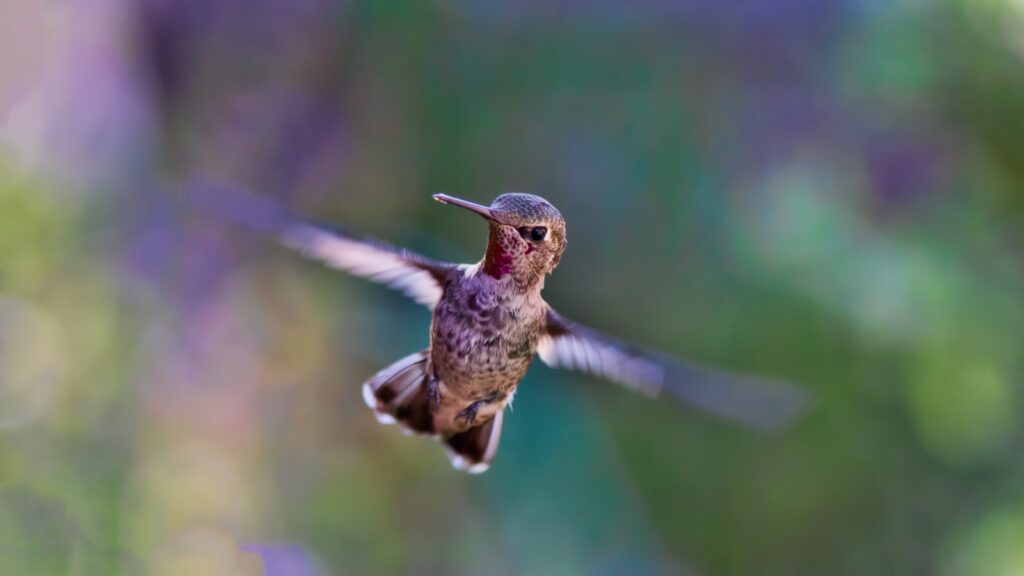
The hummingbird’s unique ability to fly backward and upside down has provided valuable inspiration for engineers developing next-generation aerial robotics and drone technologies. Researchers at institutions like Stanford University and the Massachusetts Institute of Technology have created micro-aerial vehicles that mimic hummingbird flight patterns, using similar wing motions to achieve multi-directional maneuverability in confined spaces. These biomimetic designs offer advantages over traditional propeller-based drones, including improved energy efficiency, quieter operation, and enhanced stability in turbulent conditions. Military applications have explored hummingbird-inspired reconnaissance drones capable of navigating complex urban environments and maintaining stable flight despite adverse weather conditions. Beyond aviation, the efficiency of hummingbird musculature has informed developments in prosthetic limb design, with engineers seeking to replicate the remarkable power-to-weight ratio that enables such extraordinary flight capabilities in such a small package.
Observing and Appreciating Backward Flight in Your Garden
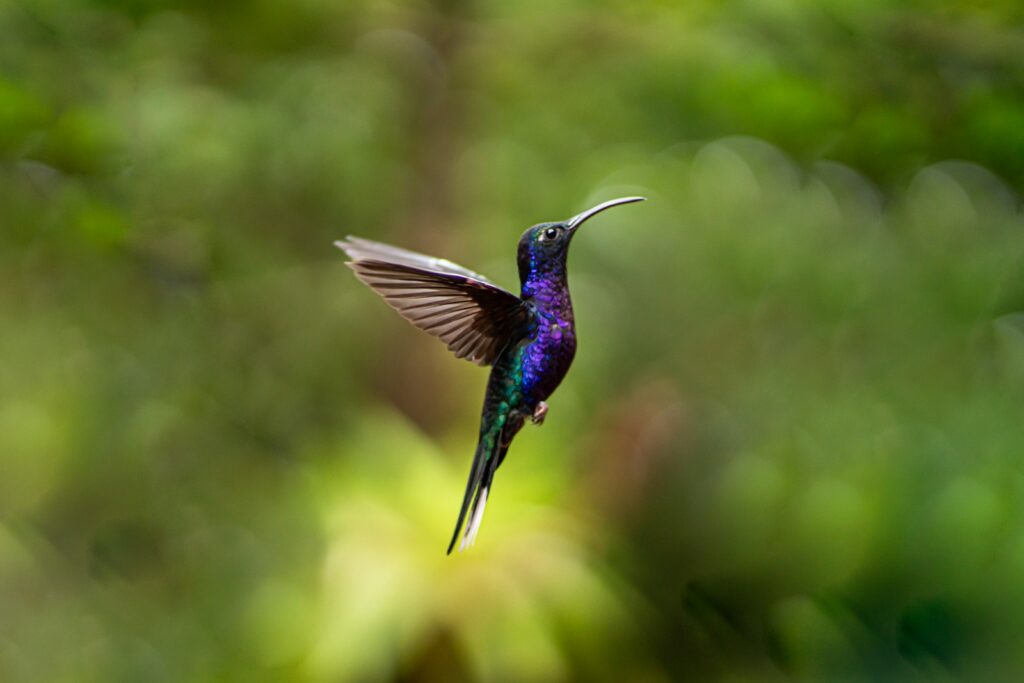
Creating opportunities to observe hummingbirds’ backward and upside-down flight capabilities can provide remarkable backyard entertainment while supporting their conservation. Installing multiple hummingbird feeders with clear sightlines allows observation of territorial interactions where backward flight is frequently displayed as birds defend resources against competitors. Planting native flowering species with varied bloom times provides natural feeding opportunities that encourage more complex flight behaviors than feeders alone. Patient observers may witness spectacular courtship displays from male hummingbirds, which often include elaborate flights demonstrating their mastery of aerial maneuvers, including backward loops and upside-down hovering. Photography enthusiasts can capture these remarkable behaviors using cameras with high shutter speeds (1/2000 second or faster), though successful images often require significant patience and anticipation of flight patterns. By creating hummingbird-friendly environments, backyard naturalists can enjoy front-row access to one of nature’s most extraordinary aviation displays while contributing to the conservation of these remarkable birds.
Conclusion
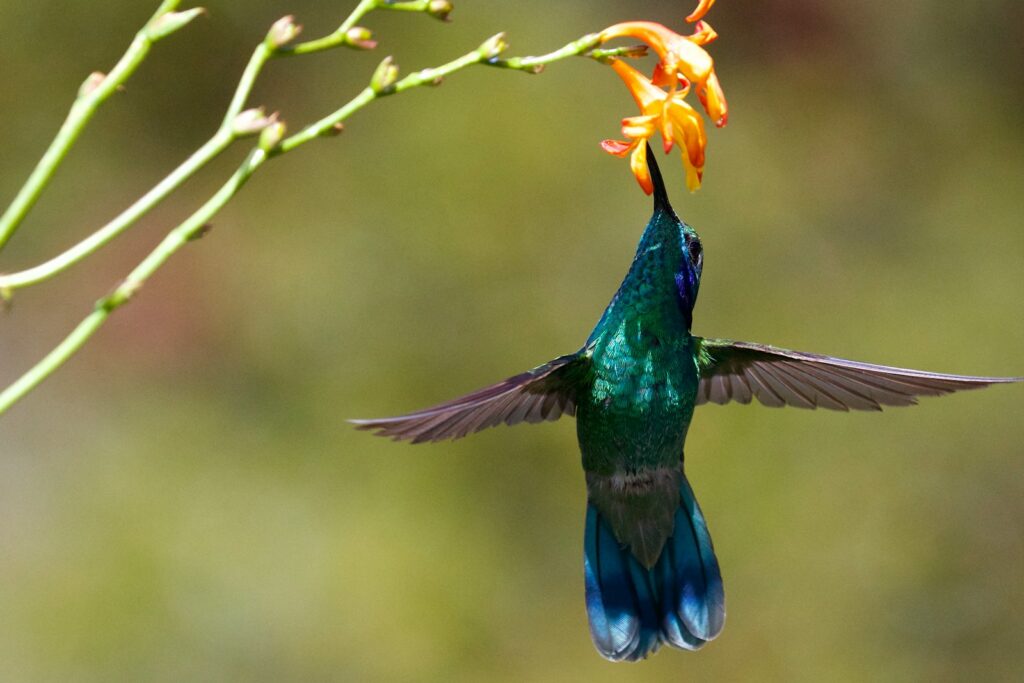
The hummingbird’s extraordinary ability to fly backward and upside down represents one of nature’s most remarkable evolutionary achievements. These capabilities arise from a perfect integration of specialized anatomical features, sophisticated neural control systems, and highly efficient metabolic processes that collectively enable maneuverability unmatched in the avian world. Beyond simply representing a biological curiosity, these flight capabilities have profound ecological significance, enabling hummingbirds to occupy specialized feeding niches and develop co-evolutionary relationships with flowering plants. As we continue studying these aerial acrobats, their remarkable adaptations not only deepen our understanding of evolutionary processes but also inspire technological innovations in fields ranging from robotics to aeronautical engineering. In a world increasingly dominated by human-made machines, the hummingbird reminds us that nature’s engineering, refined over millions of years of evolution, still surpasses our most sophisticated designs in both elegance and efficiency.
